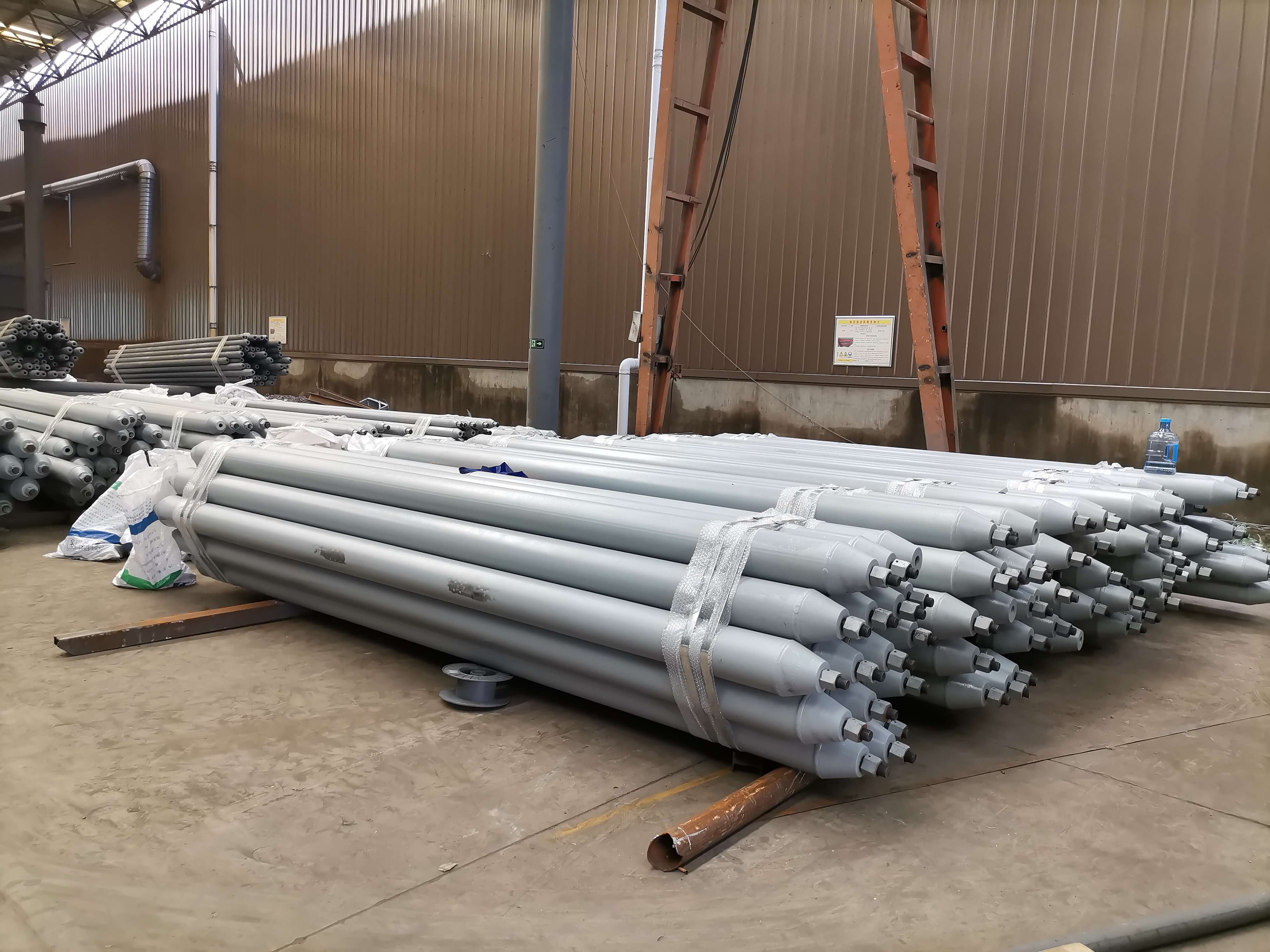Dapeng Town Industrial Park, Tongshan District, Xuzhou City, Jiangsu Province, China
In the world of structural steel, the ‘seam’ is a crucial concept. It is not just a simple gap, but the key to connecting individual steel components. For welders, the seam is not only a demonstration of their skills, but also an important part of ensuring the safety and stability of the entire steel structure. So, what is the real steel structure ‘seam’?

1. Definition of “seam” of steel structure
The “seam” of steel structure refers to the gap formed during the production and installation of steel structure due to the needs of cutting, assembly and other processes. These gaps need to be filled and connected by welding technology to ensure the integrity and stability of the entire steel structure. The quality of the weld is directly related to the overall performance and service life of the steel structure, so the welding quality requirements for the weld are very high.
2. Classification of welds
According to different classification standards, welds can be divided into many types. According to the welding method, it can be divided into manual arc welding, gas shielded welding, submerged arc welding, etc.; according to the weld form, it can be divided into butt welds, fillet welds, T-shaped welds, etc.; according to the weld position, it can be divided into surface welds, internal welds, etc. Different types of welds require different welding techniques and equipment to operate.
3. Welding technology of welds
(1) Manual arc welding: Manual arc welding is a common welding method. Through manual operation of welding rods and welding guns, the high temperature generated by the arc is used to melt the welding rods and fill them into the weld. Manual arc welding has the advantages of simple operation and strong flexibility, but it requires welders to have high technical level and experience.
(2) Gas shielded welding: Gas shielded welding uses inert gas (such as argon) to protect the welding area to prevent oxygen and moisture in the air from having adverse effects on the welding process. Gas shielded welding has the advantages of fast welding speed and good weld quality, but it requires professional equipment and technicians to operate.
(3) Submerged arc welding: Submerged arc welding is an automatic welding method. The welding wire is fed into the welding area through an automatic wire feeding mechanism, and the welding area is covered and protected by a submerged arc agent. Submerged arc welding has the advantages of high welding efficiency and good weld quality, but it requires professional equipment and technicians to operate.
(4) Other welding methods: In addition to the above-mentioned common welding methods, there are also advanced welding technologies such as laser welding and electron beam welding. These technologies have higher precision and efficiency, but they also require more professional equipment and technicians to operate.
4. Inspection and acceptance of welds
The welding quality of welds needs to be strictly inspected and accepted. Common inspection methods include appearance inspection, non-destructive testing (such as ultrasonic testing, radiographic testing, etc.), mechanical properties testing, etc. These inspection methods can be used to evaluate the appearance quality, internal defects and mechanical properties of welds to see if they meet the design requirements. Only welds that have passed the inspection can be used in actual projects.